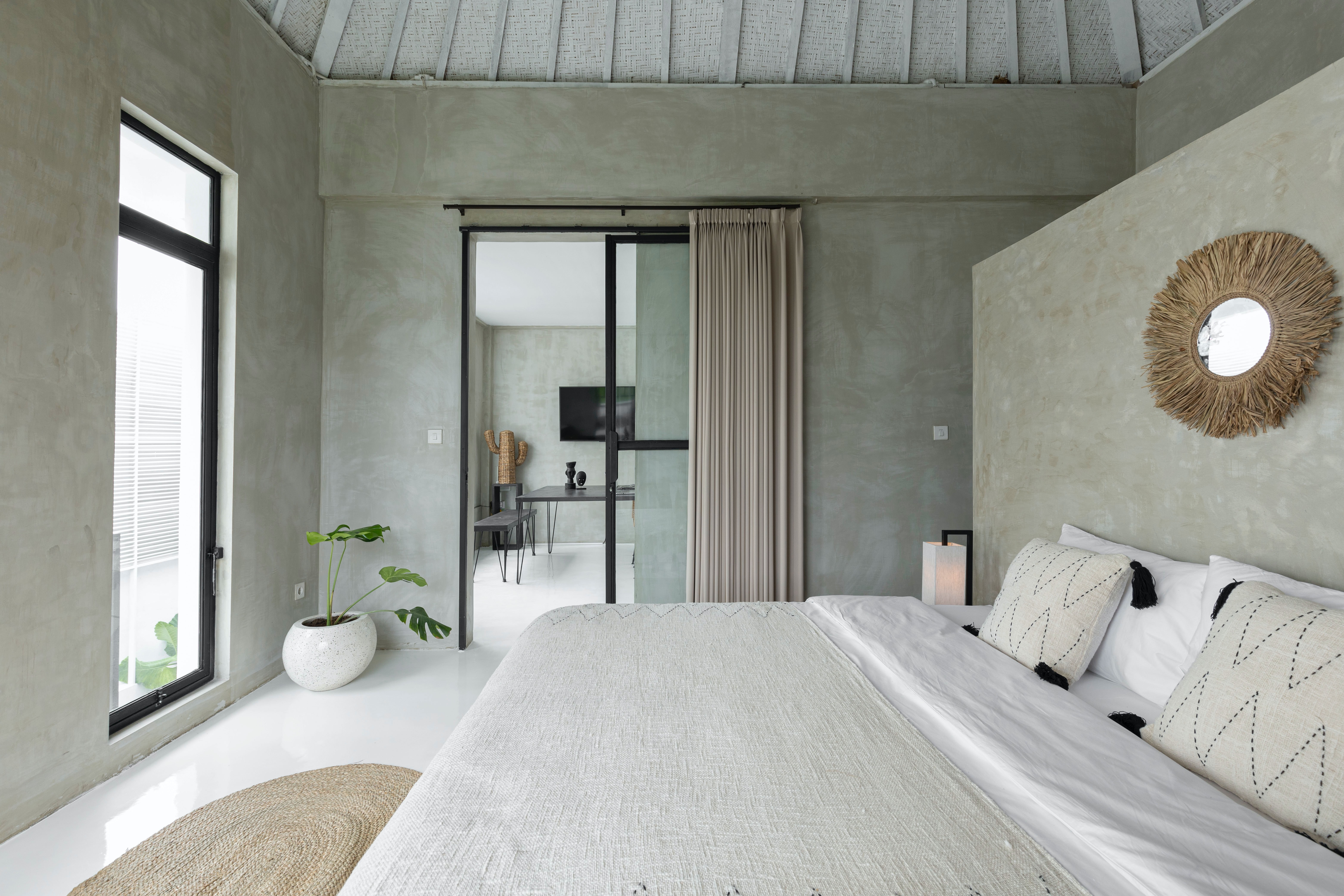Textiles are the perfect material for complementing other acoustic solutions. Especially curtains that are developed for sound absorption. Compared to other sound absorbers, they are more cost effective, flexible, and stylish too. They also perform the same functions as regular curtains. They become a part of your interior design which can screen off areas, regulate light, and create spaces in the room.
Like other sound absorbers, acoustic textiles are most effective against relatively high-frequency tones. In a workplace, for example, it could be about ventilation systems, electrical buzzing sounds, not forgetting disturbing chatter. Since conversations and especially mobile calls are some of the most disturbing things that can happen in the workplace. Our brains are programmed to find and understand a common thread. Given that we usually only hear one person on a mobile call, this makes it difficult to concentrate on anything else.

How you hang Acoustic textiles is important
When we test our acoustic textiles, we hang them at both 10 and 15 cm away from the wall. It’s around this point that they absorb the most sound. So hang them 10-15 cm from the wall if you want as much sound reduction as possible from your acoustic curtain. In addition, the curtain muffles more noise if there are more folds in it. Also, keep in mind that the sound bounces between parallel surfaces, i.e. between walls or the floor and ceiling. So it makes a big difference even if only one of the surfaces has a sound absorber. And remember that a curtain can be used in more places than just in front of a window. For example, it could hide a dull plaster wall with poor acoustic properties, or be used as a flexible wall to create space in the room.
Reasons to choose acoustic curtains
+ Cost-effective
+ Multi-functional
+ Becomes a part of the decor rather than a necessary evil
+ Easy to place (or move)
+ Doesn’t need expensive installation
+ Effective in high-frequency areas
+ Covers large spaces and thereby absorbs a lot of sound
+ Flexible as they can be drawn together or apart
Why good acoustics are important
Good air, good light, and good ergonomics have long been standard features of workplaces, and rightly so. But good sound conditions are also important, because noise can affect us in a very negative way. It can damage our hearing even at low noise levels if it continues for a long time. And even if the noise pollution isn’t directly damaging, it can affect us indirectly in many ways. A noisy environment with long reverberation causes unnecessary stress, which in turn can lead to both physical and mental problems. Noise makes it more difficult to have a normal conversation. It makes us raise our voices, which leads to higher noise levels. Noise also affects our attention. We have a harder time concentrating, which negatively affects the work we do.
Studies show that long reverberation is the single largest factor leading to discontent and poorer health. The survey focused on teachers and shows that people who work in rooms with a long reverberation are six times more likely to look for a new job. They are less motivated and more fatigued. In addition, they experience the climate in classrooms as less relaxed and more aggressive.
With sound-absorbing textiles you reduce reverberation, which means the brain doesn’t need to process as many irritating noises that have no informative value. This gives us a greater capacity for remembering, solving problems, and managing useful information. In other words, good acoustics are a good investment - both in terms of health and from a purely business perspective.
Check out our latest Acoustic Drapery collectoins Sonic and Sensory.
For commercial pricing enquiries please contact our New Zealand or Australia customer service team.


